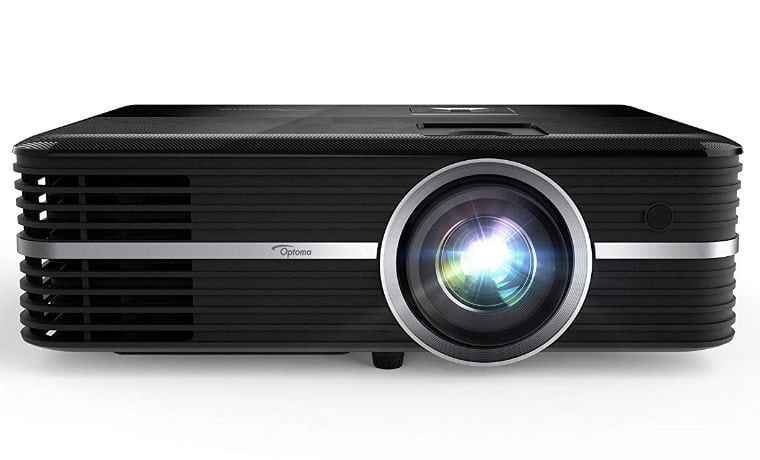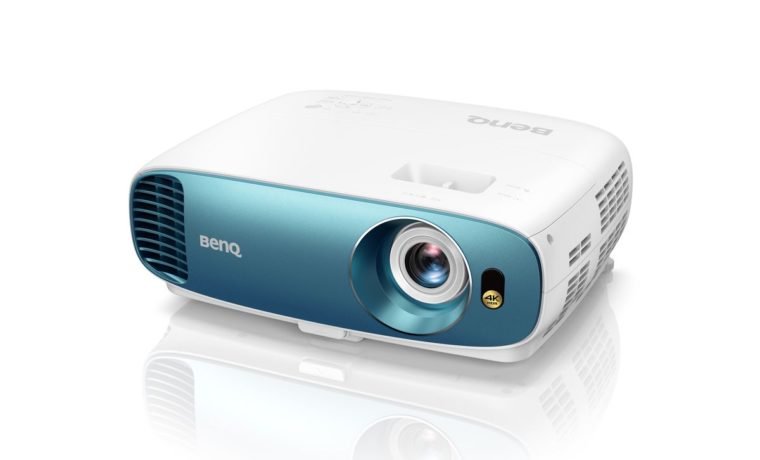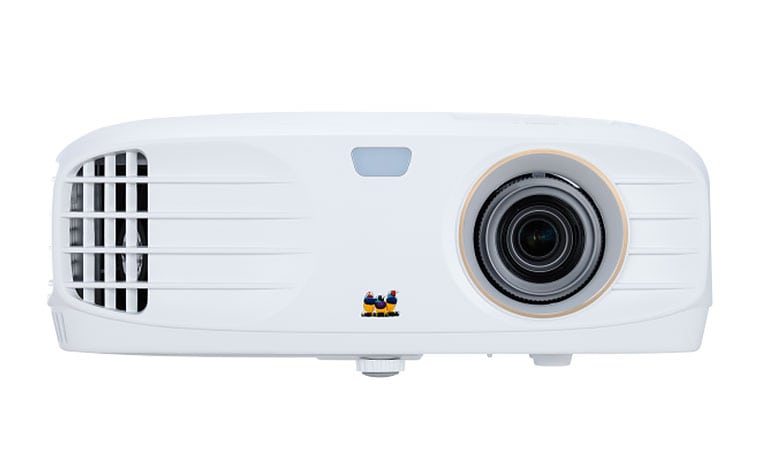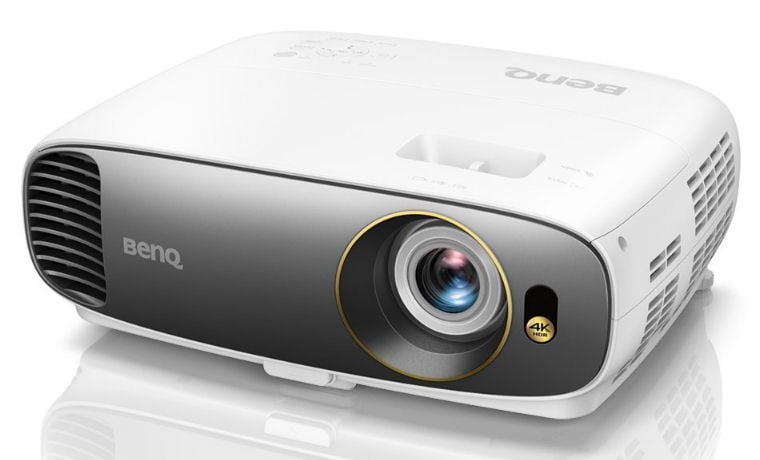This page contains comments on projectors that were considered in this year's Best Home Theater Projectors Report, but did not win awards.
- The 2019-2020 Best Home Theater Projectors Report
- The Latest Trends in Home Theater Projectors and Home Entertainment Projectors
- The 2019-2020 Best Home Theater Projectors Report: List of Winners
- Best in Class – Under $1000 Special 4K Capable Home Theater: AAXA 4K1
- Best in Class – Under $1000 Value Home Entertainment: Optoma HD143X/HD243X
- Best in Class – Under $1000 Performance Home Entertainment: Epson Home Cinema 2100 and 2150
- Best in Class – Under $1000 Price Performance Home Entertainment: Optoma UHL55
- Best in Class – $1000 - $2000 Performance 4K Capable Home Theater: Epson Home Cinema 4010/Pro Cinema 4050
- Best in Class – $1000 - $2000 Performance 4K Capable Home Theater Runner-Up: BenQ HT3550
- Best in Class – $1000 - $2000 Bright Room/Home Entertainment (Tie): BenQ TK800M & ViewSonic PX747-4K
- Best in Class – $2,000 - $5,000 Performance Home Theater: Epson Home Cinema 5050UB
- Best in Class – $2,000 - $5,000 Value Home Theater: BenQ HT5550
- Best in Class – $2000 - $5000 Best Media Room Projector: Sony VPL-VW295ES
- Best in Class – $5,000+ Price Performance Home Theater: JVC DLA-NX7
- Best in Class – $5,000+ Laser TVs (UST)/Bright Room Performance: LG HU85LA
- Best in Class – $5,000+ Performance Home Theater: Sony VPL-VW995ES
- 2019-2020 Home Theater Projectors Winners – Charts
- 2019-2020 Home Theater Projectors Report – Non-Winners Under $1000 Class
- 2019-2020 Home Theater Projectors Report – Non-Winners $1000-$2000 Class
- 2019-2020 Best Home Theater Projectors Report – Non-Winners $2000-$5000 Class
- 2019-2020 Home Theater Projectors Report – Non-Winners $5000+ Class









